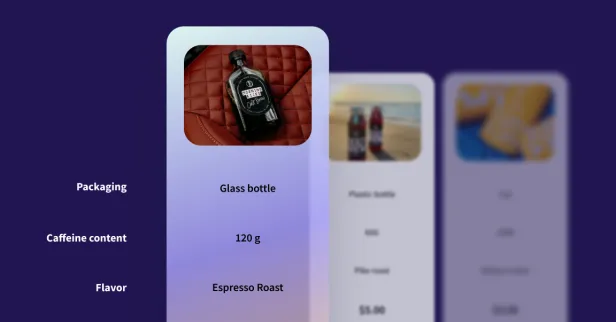One of the most common challenges businesses face is setting a price that maximizes revenue while remaining competitive in the market.
Pricing decisions can make or break an organization, influencing consumer perceptions, market positioning, and, ultimately, profitability. Gabor-Granger studies stand out as a particularly useful pricing research methodology in the journey toward pricing optimization.
What is a Gabor Granger Pricing Study?
Named after economists Andrew Gabor and Clive Granger, the Gabor Granger pricing study is a method used to assess consumer price sensitivity and demand elasticity.
Price sensitivity refers to the degree to which changes in price affect consumer purchasing behavior. While demand elasticity measures the responsiveness of quantity demanded to changes in price. With this data, you can determine how sensitive consumers are to changes in price and identify the price point that maximizes revenue without compromising demand.
In addition to quantifying price sensitivity and demand elasticity, a Gabor Granger pricing study can also provide insights into consumer perceptions of value and willingness to pay.
For example, imagine a scenario where a company is launching a new line of luxury watches. Before setting the price, they conduct a Gabor Granger pricing study to understand how consumers perceive different price points. They present respondents with a range of prices, from a low introductory offer to a premium price reflective of the product's exclusivity. Through surveys or experiments, they collect data on purchase intent at each price level, enabling them to pinpoint the price that strikes the perfect balance between desirability and profitability.
How is the Data from a Gabor-Granger Study Analyzed?
Several types of analysis are typically conducted to interpret the data collected from a Gabor-Granger study. They include:
Price Sensitivity Analysis
This analysis examines how price changes affect consumer demand for a product or service. Price sensitivity analysis often includes calculating metrics like the price elasticity of demand, which measures the percentage change in quantity demanded for a one percent change in price. Understanding price sensitivity is crucial for determining the optimal price point that maximizes revenue and profitability. In SightX, the price elasticity is shown on every Gabor-Granger Pricing Chart as a teal bar, like the one shown below:
Segmentation Analysis
Segmentation analysis involves dividing a target market into distinct groups based on characteristics like demographics, psychographics, or purchasing behavior. By analyzing how different consumer segments respond to varying price points, businesses can better tailor their pricing strategies to meet their high-potential segments' needs and preferences.
Regression Analysis
Regression analysis is often used to model the relationship between price and demand based on the data collected from Gabor-Granger studies. Fitting regression models to the data allows you to estimate demand curves and forecast consumer behavior under different pricing scenarios. Regression analysis helps quantify the impact of price on demand and identify factors that influence consumer purchasing decisions. SightX shows this as the "demand curve" on our Gabor-Granger Pricing Chart.
Market Simulation
Market simulation involves using the insights gained from Gabor-Granger studies to simulate different pricing strategies and predict their impact on market outcomes. By running simulations based on various pricing scenarios, businesses can assess the potential risks and benefits of varying pricing strategies before implementing them in the real market.
Overall, a Gabor Granger pricing study offers businesses a systematic approach to understanding consumer behavior and market dynamics, enabling them to develop pricing strategies that drive revenue growth and maintain competitiveness. By leveraging the insights gained from these studies, businesses can optimize their pricing decisions, enhance customer satisfaction, and achieve long-term success in the marketplace.
Gabor-Granger Pricing Studies with SightX
SightX is an AI-driven market research platform offering a single unified solution for product, brand, marketing, and pricing research. While powerful enough for insights teams at Fortune 500 companies, our user-friendly interface makes it simple for anyone to start, optimize, and scale their research.
And with our new Generative AI consultant, Ada, you can harness the power of OpenAI's GPT to transform your marketing research and insights. Collaborating with Ada is like having an expert researcher, brilliant statistician, and ace marketer on your team, helping you ask the right questions, choose the best experiments, pick out key insights, and seamlessly apply them to your business.
